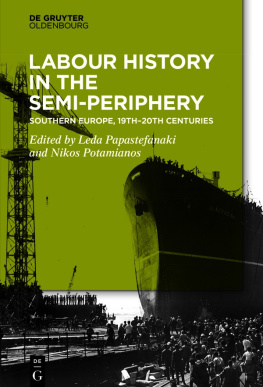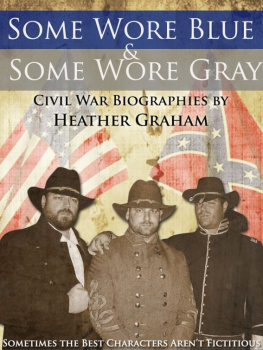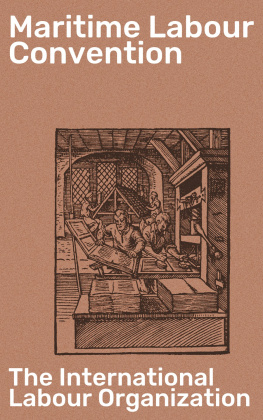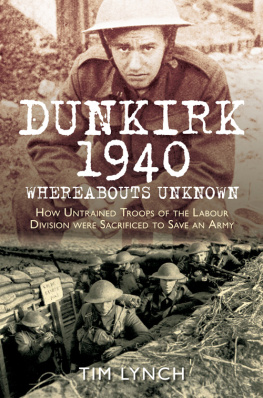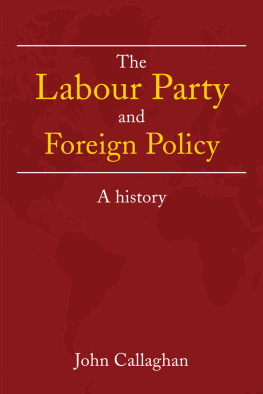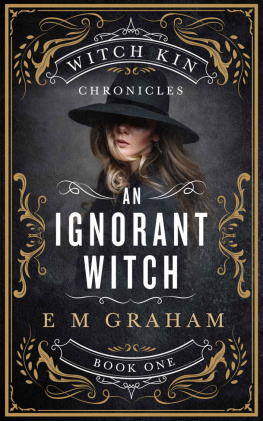Revisiting Divisions of Labour
Revisiting Divisions of Labour
The impacts and legacies of a modern sociological classic
Edited by
GRAHAM CROW AND JAIMIE ELLIS
Manchester University Press
Copyright Manchester University Press 2017
While copyright in the volume as a whole is vested in Manchester University Press, copyright in individual chapters belongs to their respective authors, and no chapter may be reproduced wholly or in part without the express permission in writing of both author and publisher.
Published by Manchester University Press
Altrincham Street, Manchester M1 7JA
www.manchesteruniversitypress.co.uk
British Library Cataloguing-in-Publication Data
A catalogue record for this book is available from the British Library
Library of Congress Cataloging-in-Publication Data applied for
ISBN 978 1 5261 0743 5 hardback
ISBN 978 1 5261 0744 2 paperback
First published 2017
The publisher has no responsibility for the persistence or accuracy of URLs for any external or third-party internet websites referred to in this book, and does not guarantee that any content on such websites is, or will remain, accurate or appropriate.
Typeset in 10.5/12.5pt Sabon by
Servis Filmsetting Ltd, Stockport, Cheshire
The book is dedicated to the memory of Ray Pahl (19352011)
Contents
Photo section: Sheppey today
All photos in this section Mike Smith, 2015
Figures
8.2 Sources of labour for 41 work tasks
8.3 Sources of labour for 41 tasks by household income categories
Graham Crow is Professor of Sociology and Methodology at the University of Edinburgh.
Jane Elliott is Chief Executive of the Economic and Social Research Council.
Jaimie Ellis is a research fellow in Health Sciences at the University of Southampton.
Jonathan Gershuny is Professor of Sociology at Nuffield College, Oxford.
John Holmwood is Professor of Sociology at the University of Nottingham.
Jon Lawrence is Reader in Modern British History at Emmanuel College, Cambridge.
Dawn Lyon is Senior Lecturer in Sociology at the University of Kent.
Mike Savage is Professor of Sociology at the London School of Economics.
Tim Strangleman is Professor of Sociology at the University of Kent.
Claire Wallace is Professor of Sociology at the University of Aberdeen.
This book evolved from Ray Pahls idea of bringing out a second edition of Divisions of Labour, for which he had recovered the copyright from the publishers Wiley-Blackwell. A new edition based on comprehensive updating of the original fieldwork was obviously out of the question given the number of researcher years that would be required to achieve that, so instead the present book took shape. The contributors were approached with the invitation to write something on their views of what accounted for the success of Divisions of Labour in the period since its publication in , and then to collaborate by sharing drafts among the group. A bequest from Ray Pahls will enabled the group to meet up at this stage (November 2015), on the Isle of Sheppey. The Blue Town Heritage Centre kindly hosted this gathering, and Jenny Hurkett and her team deserve our thanks for facilitating a very productive and enjoyable visit. Our debt to Jenny runs deeper than this one event, because without her support many of the things reported in this book would not have been possible; as a community partner in our revisiting of the Isle of Sheppey and its people she has been stalwart in her support. Long may her enthusiasm for Sheppey and its people past and present continue to rub off on all those who meet her.
We are also grateful to Michael Smith for taking the photographs of present-day Sheppey. The original Divisions of Labour was given an added dimension through the inclusion of photographs, and we have sought to continue that here. The publishers anonymous readers must be thanked for their careful reading of the draft manuscript and their helpful suggestions for improvements to the book as it now appears. Garry Runciman kindly commented on a draft of the Introduction in which we draw on his ideas in an effort to identify what made his friend Ray Pahls work stand out. At Manchester University Press, Thomas Dark and Robert Byron have facilitated the process of getting published with a calm professionalism and supportiveness to us as editors for which we are very appreciative. And as editors we are also mindful of the supportiveness of our respective partners, Rose and Richard, who have over several years lived with our talk about the project to the point at which either could offer Sheppey as a Mastermind specialist subject. Sheppey and its people can have a captivating effect, as they evidently did for Ray Pahl, and because this book would not have been possible without that we dedicate it to him and his memory.
Graham Crow and Jaimie Ellis, July 2016
This is a book about another book, Divisions of Labour, written by R. E. (Ray) Pahl in . There are several good reasons for returning to that book. First, it contains themes of enduring interest. It is about ordinary people and how they get by in difficult economic and social circumstances. It shows what can be learned about peoples everyday lives when ordinary activity is investigated in an imaginative and sustained way. Second, it has been an extraordinarily influential book in British sociology and in countries and disciplines beyond. The path-breaking arguments that it contains meant that it became, and remains, a significant reference point in the sociological sub-fields of work, households, gender, class and stratification, community and social history, while also providing numerous insights into broader theoretical debates. Healthy citation rates of a book well into its second quarter century since publication are unusual and thus indicate something special. The book tells us numerous things about how a particular piece of research can come to stand out as extraordinary. Third, we have a methodological interest. We have returned to this book because of what it reveals about the craft of conceiving, planning, undertaking and presenting research. Ray Pahl was more frank than most social and economic investigators either then or now about research practice. The book provides an account of serious mistakes made and how these problematic situations were retrieved. It is a story of a research project, warts and all, but not only warts; the book also includes gems that help to set it apart from other research monographs. Together, these three elements persuaded us to revisit Divisions of Labour following the death of its author in 2011. Our task has not been to bring out a new edition of the book, although we have done that in part through selective excerpts which are intended to give a sense of the style and content of the original. The more important purpose has been to explore from a variety of angles what has gone into making the book a modern sociological classic.
We have undertaken this task as a collaborative project because the books significance is acknowledged by many different people for a variety of reasons. One powerful rationale for revisiting it is to explore how it provided a springboard for subsequent debates through its sheer audacity and provocativeness. Its themes are certainly ambitious. Pahl was looking to do nothing less than to re-think what we understand by work. In doing so he was bound to upset not ) in economic thinking and institutional practice that led to a new and less comfortable set of arrangements.




